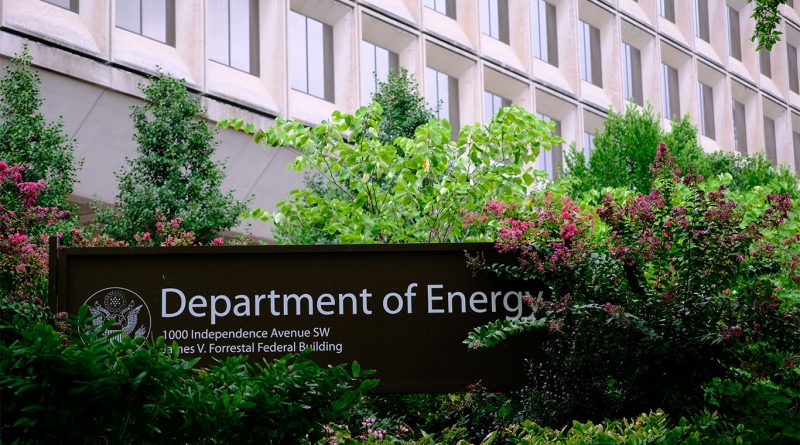America’s New Small Modular Reactors Get $900M Federal Boost
Subscribe to our free newsletter today to keep up to date with the latest energy news.
The US Department of Energy has reintroduced a funding initiative worth up to $900 million to support the deployment of small modular nuclear reactors. These compact and scalable nuclear systems are designed to meet the country’s growing demand for reliable, carbon-free energy. The funding revival is timely, given the pressures from rapid industrial growth, expanding electric vehicle use, and energy-intensive artificial intelligence systems.
Why SMRs are making a comeback in US energy policy
Unlike conventional reactors that require massive infrastructure and long lead times, SMRs are prefabricated and modular, allowing for easier transport and faster deployment. These Generation III+ reactors are safer, more efficient, and well-suited to small-scale applications or remote locations. Utilities can incrementally add SMRs to meet local demand without the financial and logistical burdens of larger plants.
Because SMRs emit no carbon during operation and provide round-the-clock output, they are positioned as an essential component of the country’s transition to a low-carbon energy system. Their flexibility and reduced environmental impact make them attractive not only for utilities but also for policymakers aiming to meet aggressive climate targets.
Breaking down the $900M: Two-tier structure for deployment
The DOE’s funding is divided into two tracks aimed at accelerating development timelines while ensuring project scalability.
Tier 1: First Mover Teams
The DOE will allocate up to $800 million to support up to two teams that are prepared to construct full-scale SMRs within the next decade. Each team must include a utility, a technology vendor, a construction partner, and committed end users. These coalitions must demonstrate credible deployment plans, site readiness, and a viable path to licensing.
Tier 2: Fast Follower Projects
Approximately $100 million will be awarded to other promising projects that are still progressing through earlier development phases. These funds are intended to address barriers like licensing delays, design finalization, and supply chain constraints. The objective is to build a pipeline of projects ready to scale after the initial deployments are completed.
The DOE requires applicants to outline comprehensive project roadmaps, including cost projections, regulatory milestones, and future expansion opportunities.
The AI and data center connection: What’s driving the demand
The resurgence of interest in SMRs is not only environmental but also economic. Large-scale data centers, many of which are powered by artificial intelligence applications, consume vast amounts of electricity. In some cases, their energy needs rival those of small cities. As digital infrastructure expands, utilities face mounting pressure to secure reliable, non-variable power sources.
SMRs are well-positioned to meet these demands. They can be sited near data centers and industrial hubs, operate independently of weather patterns, and provide continuous power without emissions. This makes them ideal candidates for helping the US scale its digital economy without increasing reliance on fossil fuels.
Restarting nuclear in the US
This initiative is one piece of a broader effort by the DOE to reestablish nuclear energy as a cornerstone of national energy policy. In 2024, the DOE backed the restart of the Palisades nuclear plant in Michigan, the first commercial restart in US history. The agency is also investing in domestic uranium enrichment and next-generation fuel technologies.
These complementary programs aim to address challenges such as fuel availability, construction risk, and industry consolidation. The success of this funding program could redefine nuclear energy’s role in the United States. Early SMR deployments could drive confidence, attract private capital, and stimulate new manufacturing industries. At the same time, they offer a pathway to decarbonize sectors that require uninterrupted electricity.
Sources:
